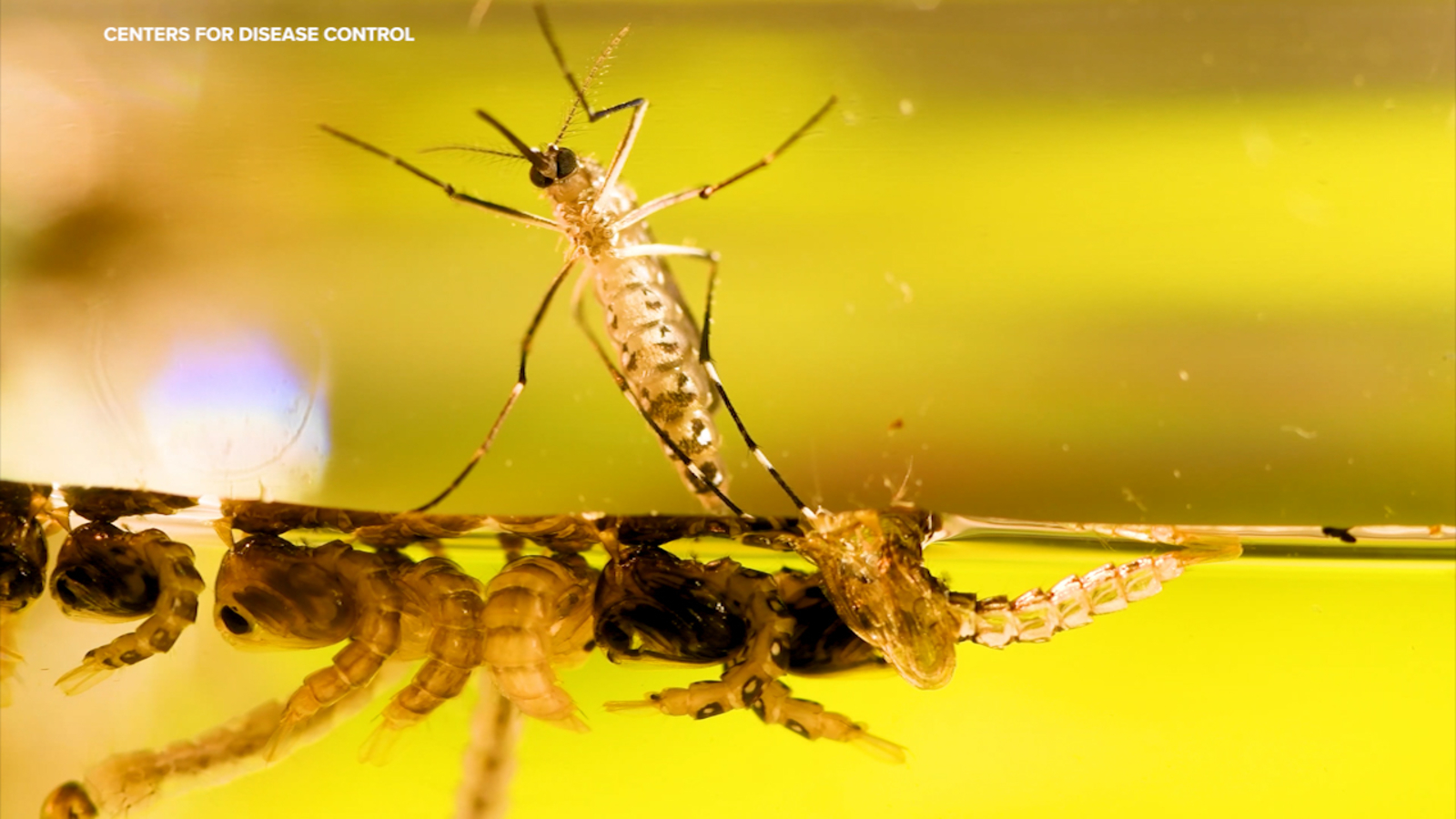
"We can see which mosquitoes are present. How abundant are they? What types of habitats are they using? And importantly, is it the Aedes aegypti or Aedes albopictus mosquito that's really responsible for transmission of dengue and also of chikungunya and Zika and yellow fever in Costa Rica, says Mordecai."
"And in fact, for the first time a couple of summers ago, we saw dengue transmission in Southern California and in several locations around California. So increasingly we're worried in the state that the virus is going or these viruses are going to be able to get established in our local mosquito populations, particularly as the summers start getting warmer," explains Mordecai."
Field teams in rural Costa Rica vacuum mosquitoes from dense tropical foliage to identify species, measure abundance, and record habitat use. The teams focus on Aedes aegypti and Aedes albopictus because those species transmit dengue, chikungunya, Zika, and yellow fever. Aedes aegypti has gained a foothold in California over the past decade, and locally acquired dengue cases have recently appeared in the state. Milder winters and warmer summers can extend mosquito season and allow invasive species to expand northward. Predictive models that integrate mosquito populations, climate trends, and outbreak data indicate climate-driven forces are already altering mosquito distributions and disease risk.
Read at ABC7 San Francisco
Unable to calculate read time
Collection
[
|
...
]